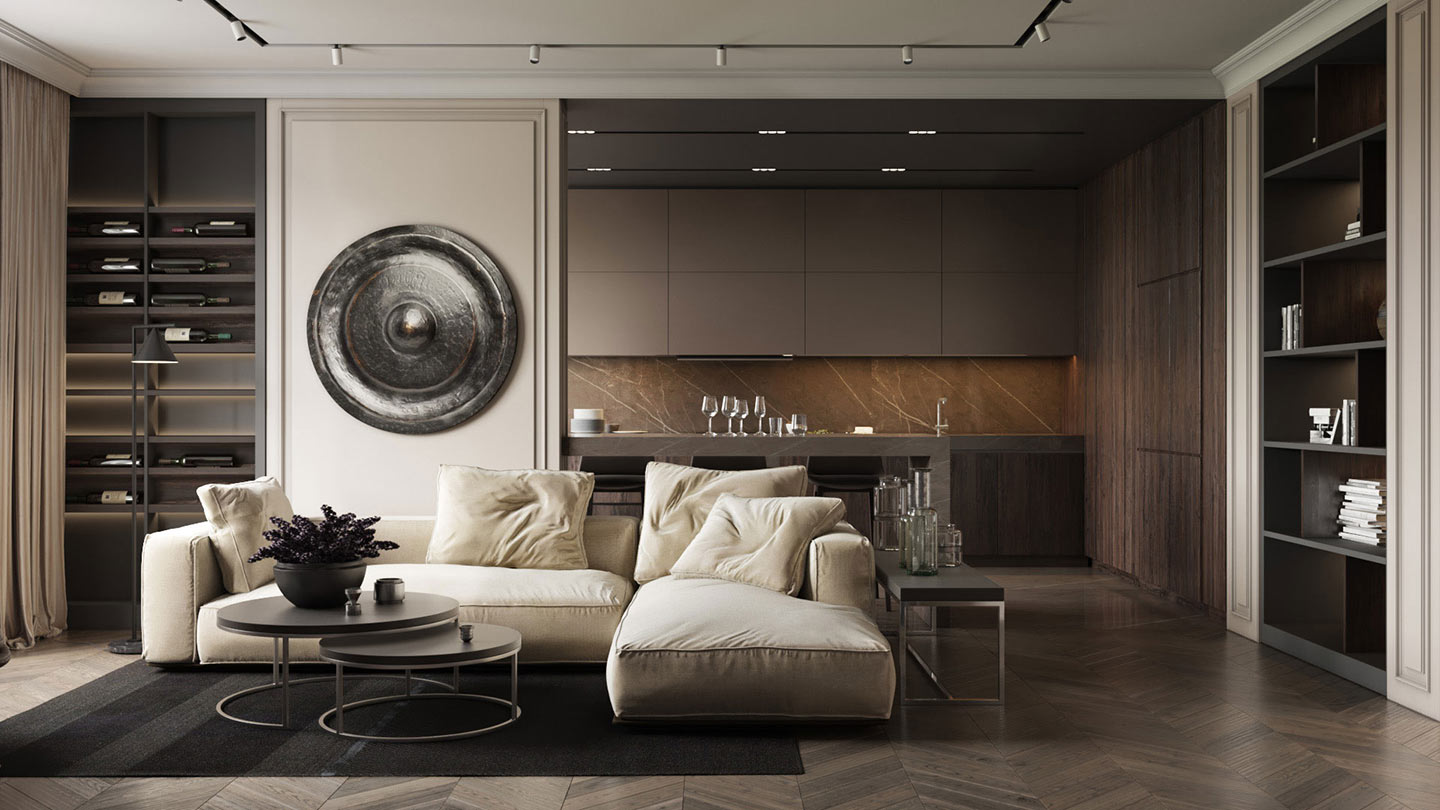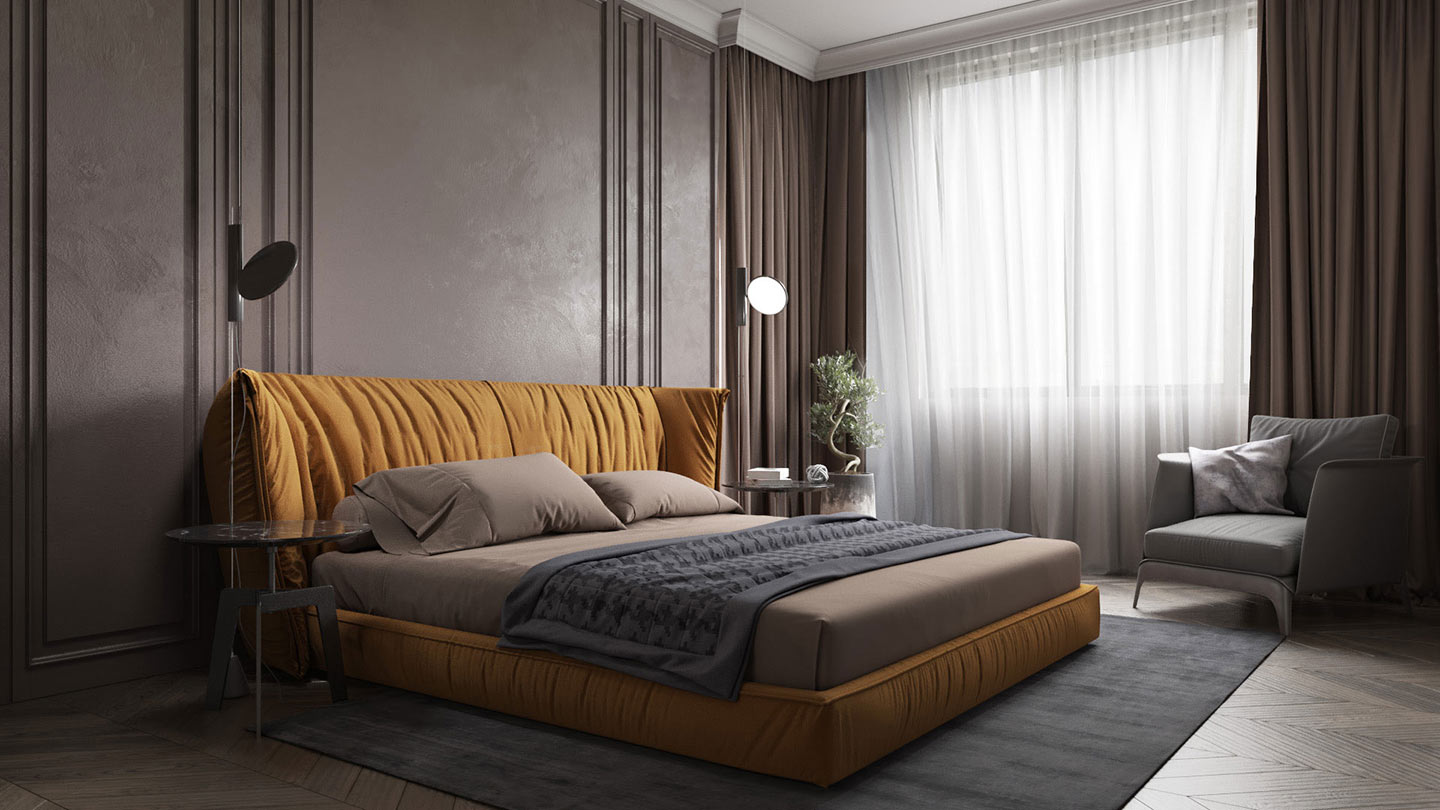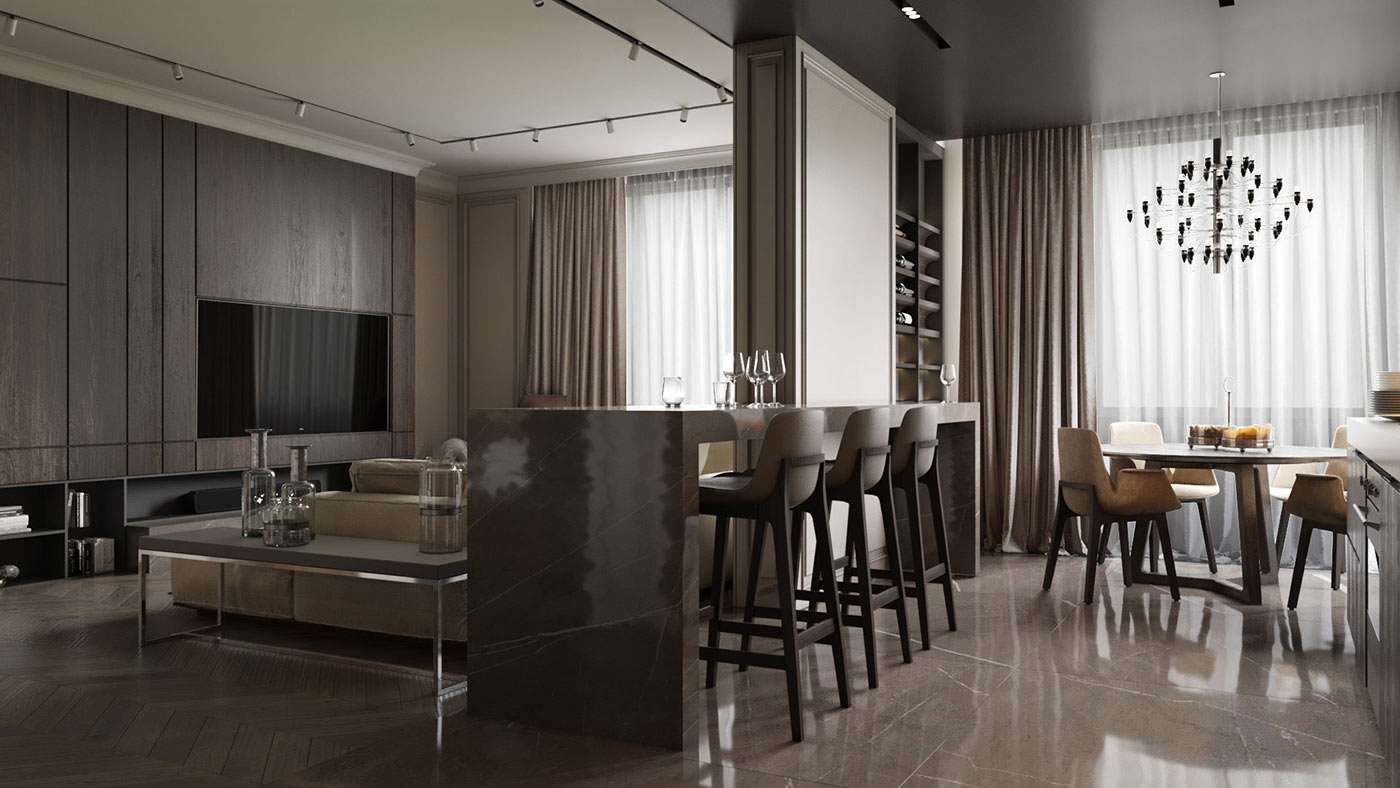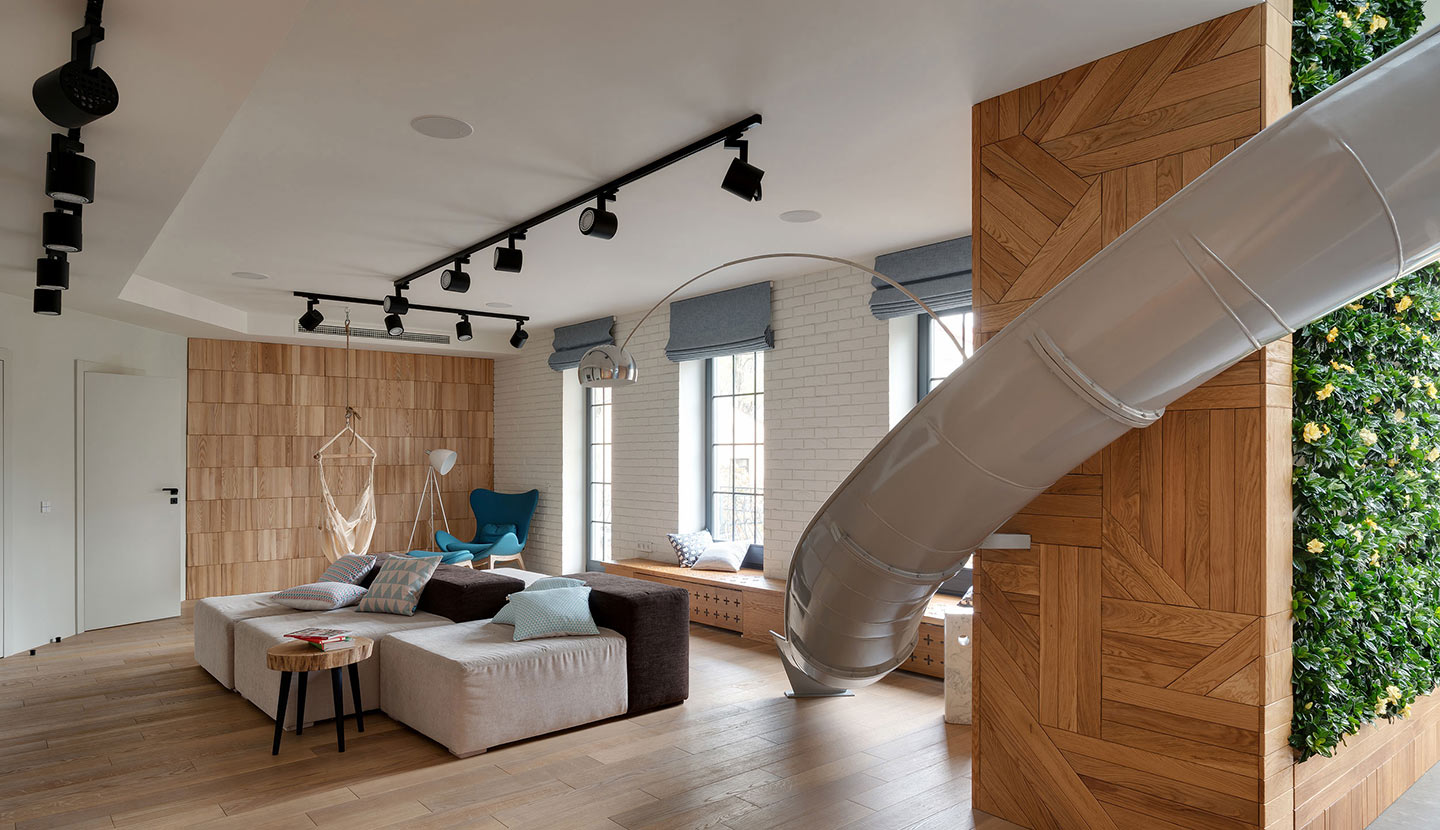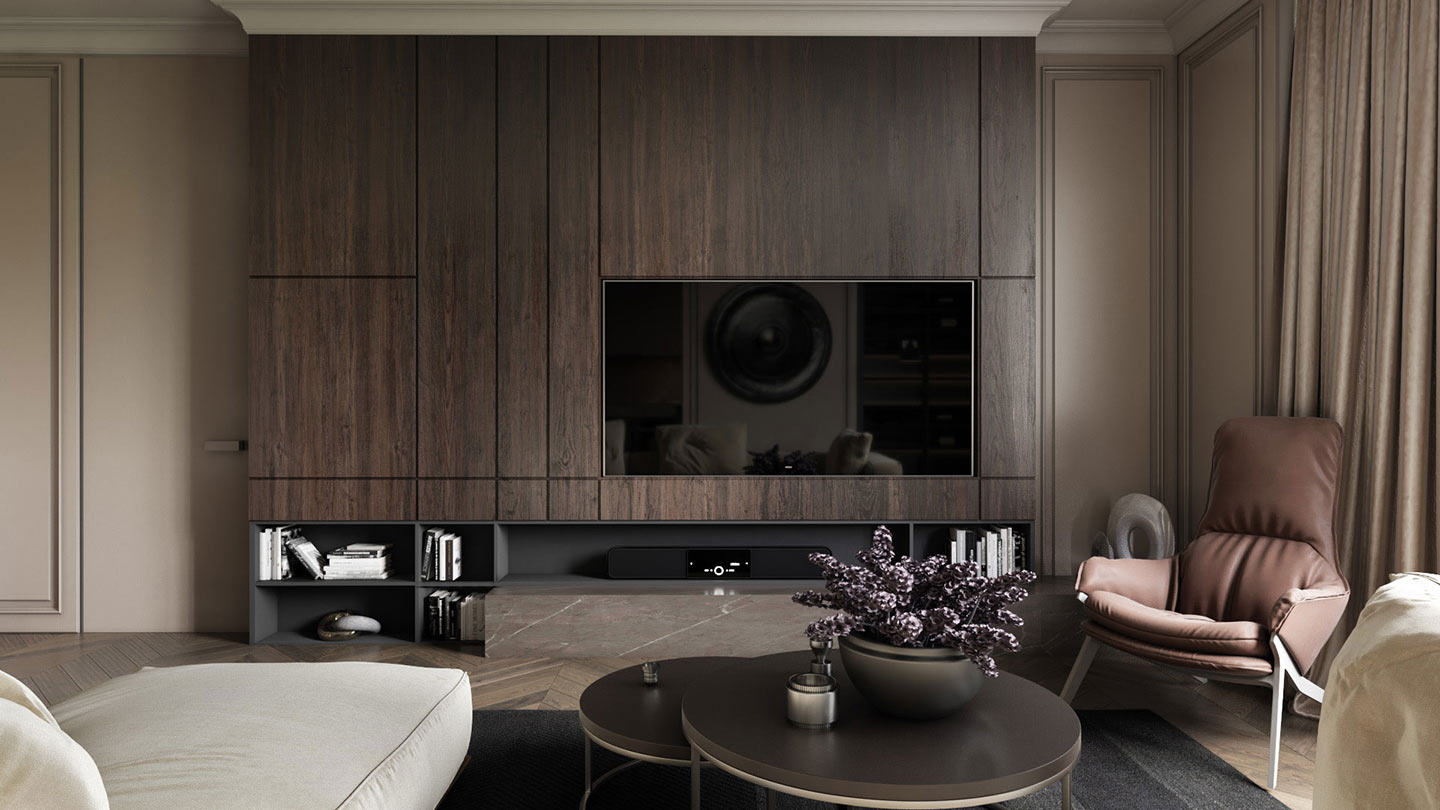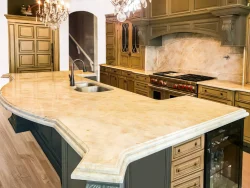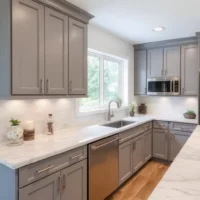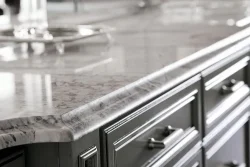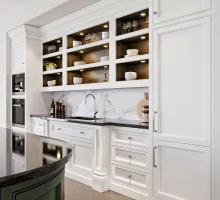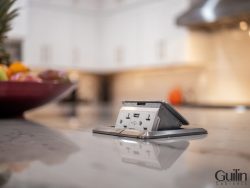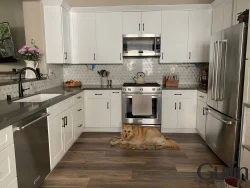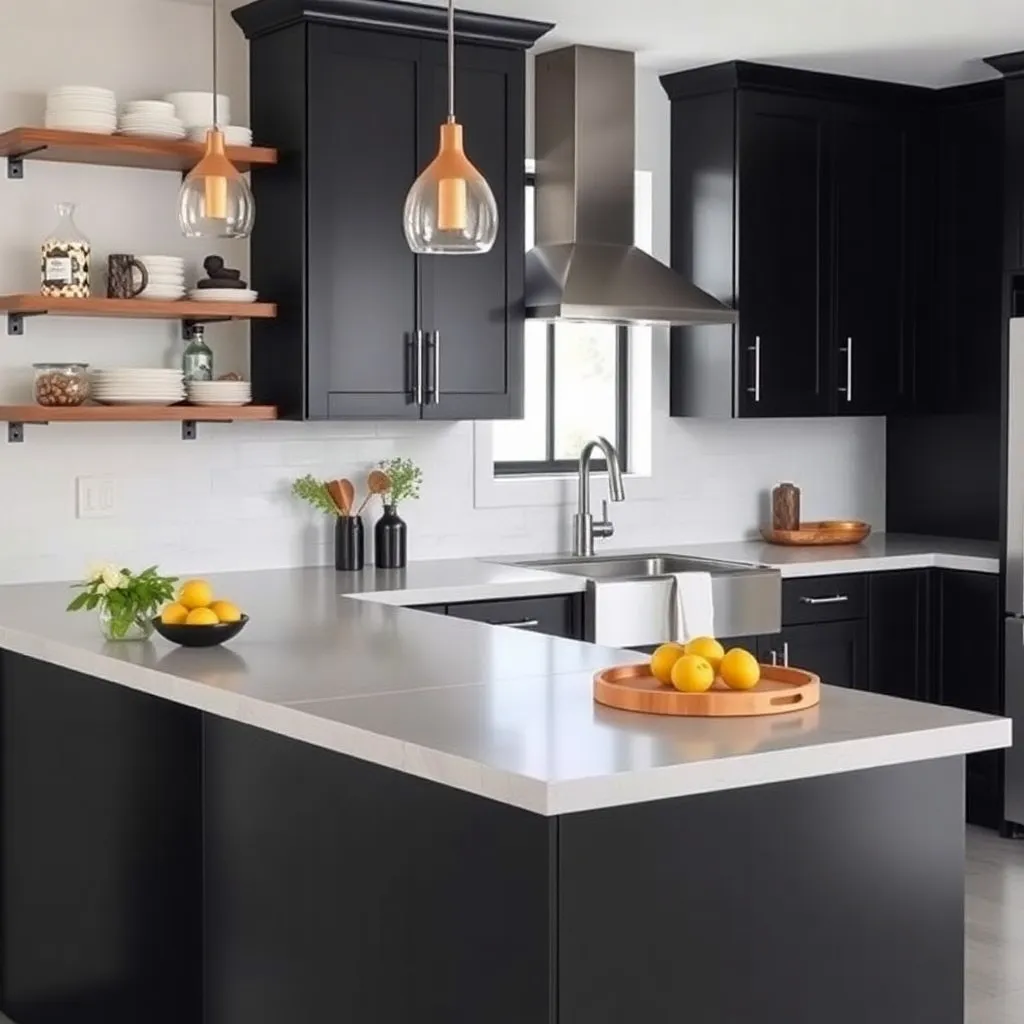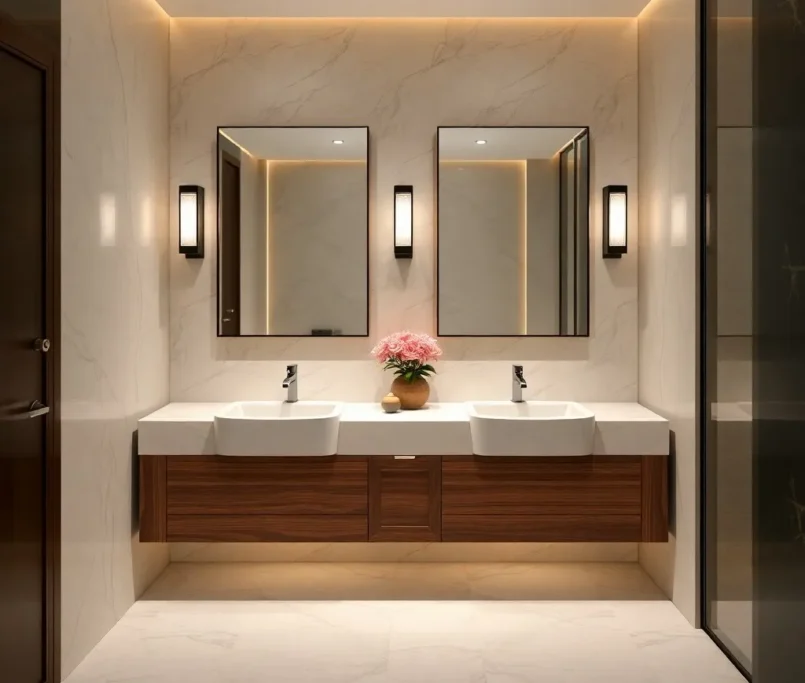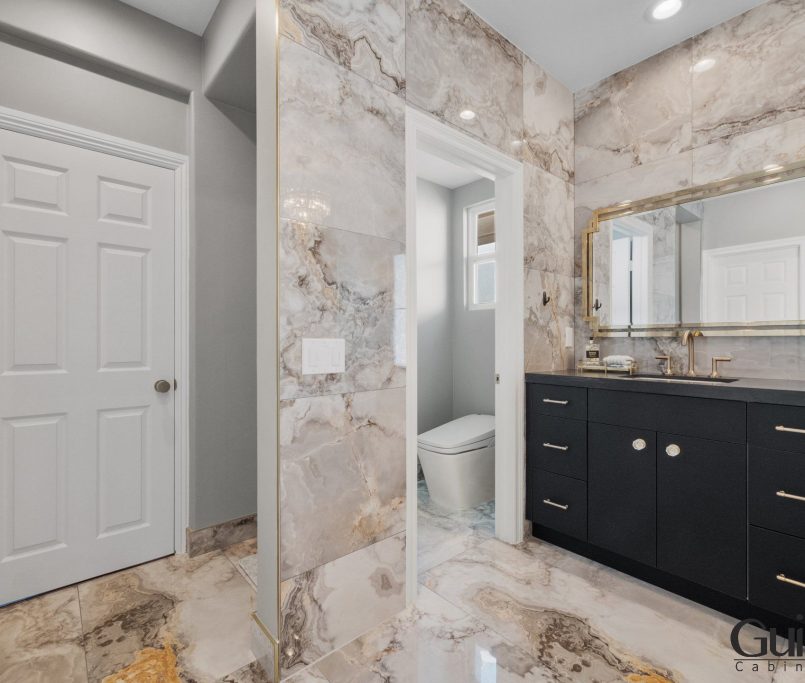You might be wondering about the lifespan of your melamine cabinets and what factors influence their durability. Generally, these cabinets can last between 10 to 20 years, depending on quality, usage, and maintenance. Although melamine is water-resistant, damage to the core material from moisture can shorten their life. By understanding how to care for them properly and recognizing early signs of wear, you can ensure your cabinets remain both functional and attractive for many years.
=> Read More: Melamine Cabinets: Pros and Cons to Consider
Average Lifespan of Melamine Cabinets
On average, melamine cabinets can last between 10 to 20 years, depending on several key factors:
- Quality of the Core Material: Most melamine cabinets are made by applying a melamine coating over particleboard or MDF (medium-density fiberboard). Cabinets made with high-quality MDF tend to last longer and resist warping better than cheaper particleboard options.
- Usage and Wear: Cabinets in high-traffic kitchens or commercial settings may experience more wear and tear, reducing their lifespan.
- Moisture Exposure: Melamine itself is water-resistant, but the core material underneath is not. If water seeps into chipped or damaged edges, it can cause swelling or delamination. Proper installation and sealing are key to preventing moisture damage.
- Maintenance: Regular cleaning with non-abrasive products and avoiding excess moisture helps maintain the finish and prolong lifespan.
=> Read More: The Common Problems With Refacing Kitchen Cabinets?

Quality of the Core Material:
Affecting the lifespan of your melamine cabinets are several important elements that determine how long they will last in your home or office. The quality of the core material plays a significant role: cabinets built with high-quality MDF tend to resist warping and damage better than those made from particleboard. Additionally, the usage and wear your cabinets endure, such as being in a busy kitchen or commercial environment, can accelerate their deterioration over time.
- MDF is generally considered superior in quality because it is denser, smoother, and more resistant to warping or cracking over time. It also holds screws more securely, which contributes to the overall strength of the cabinet.
- In contrast, particleboard is made from wood chips and resin, and is more susceptible to damage under pressure or prolonged exposure to moisture. While particleboard cabinets may be more affordable, they typically do not last as long, especially in demanding environments.
=> Read More: The Countertops For Kitchen With Black Cabinets
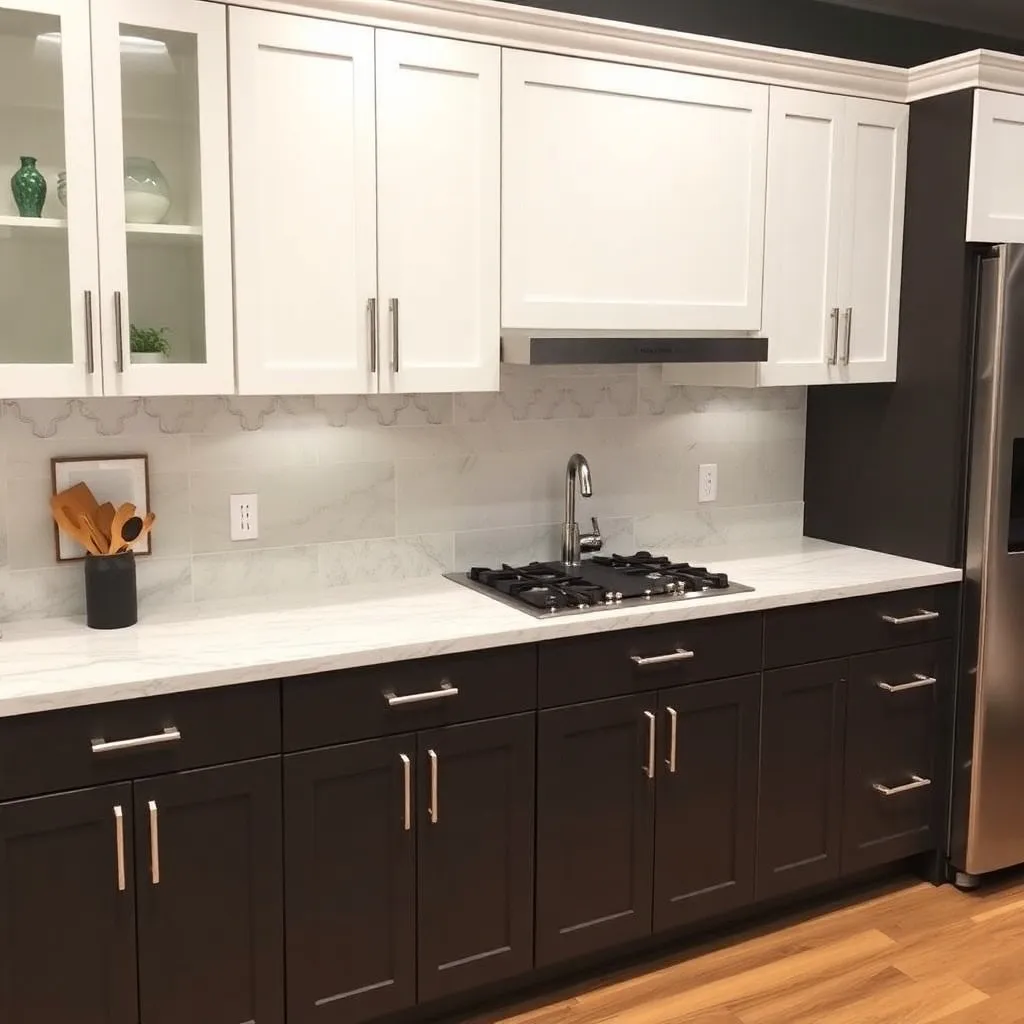
Usage and Wear:
How and where the cabinets are used also plays a big role in determining their longevity.
- In high-traffic areas, such as busy family kitchens or commercial kitchens, melamine cabinets are opened, closed, and bumped into more frequently. This constant use can lead to faster wear on hinges, edges, and finishes.
- In low-traffic areas, such as guest kitchenettes or storage rooms, the cabinets may retain their original condition much longer.

Moisture Exposure:
While the melamine coating itself is water-resistant, the underlying core material (especially if it’s particleboard) is not.
- If edges are chipped, or if water manages to penetrate the seams or corners due to poor sealing or improper installation, moisture can get into the core. This may lead to swelling, warping, or delamination—a process where the melamine surface starts to peel away from the base.
- This risk is especially high in areas near sinks, dishwashers, or humid environments, where water splashes are common.
- To prevent this, it’s crucial to ensure that all edges are properly sealed, that caulking or trim is applied where needed, and that hardware is installed without cracking or damaging the surface.
=> Read More: How to Remove Kitchen Tile Backsplash: A Complete Guide to Efficient Tile Removal
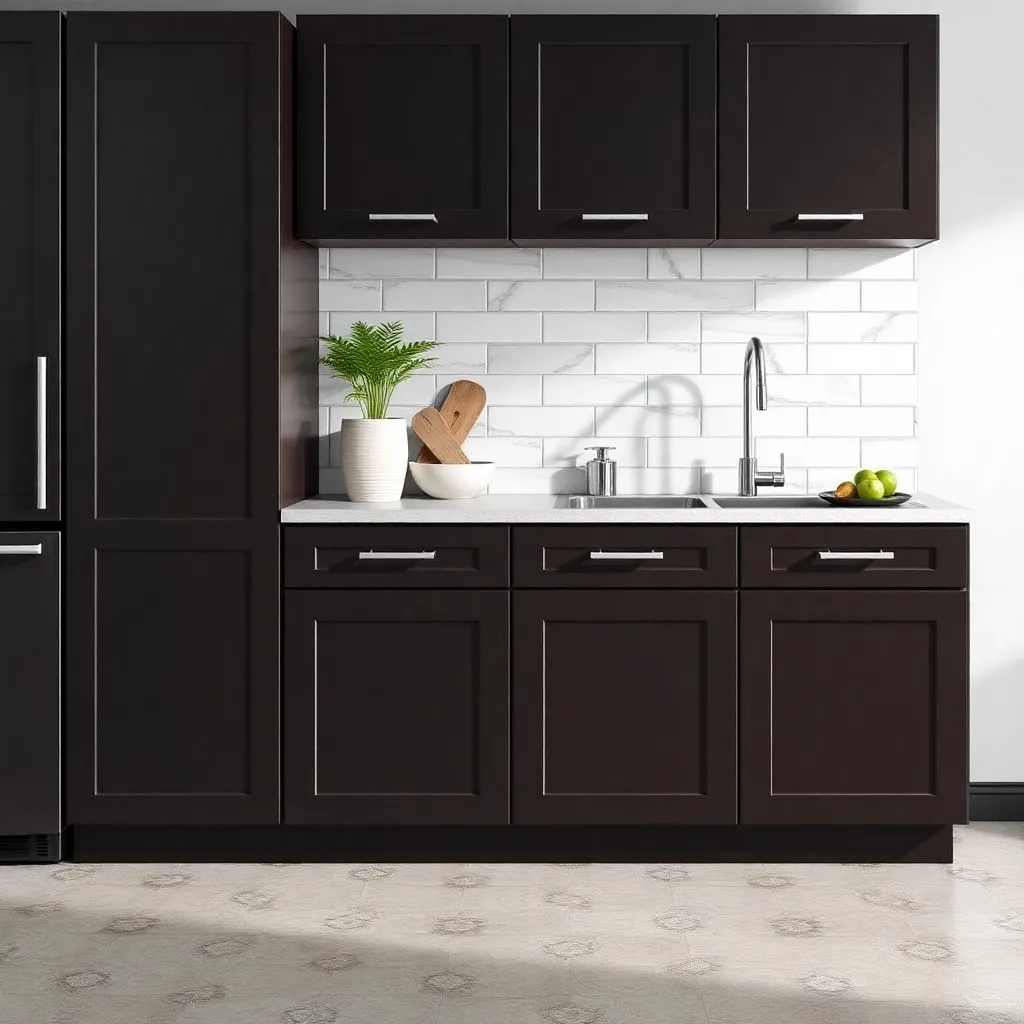
Maintenance and Care:
Proper maintenance can significantly extend the life of melamine cabinets.
- Clean regularly with mild, non-abrasive cleaners and a soft cloth. Abrasive scrubbing pads or harsh chemicals can dull or scratch the melamine finish.
- Avoid letting water or liquid spills sit for too long. Although melamine resists stains, standing water near edges can find its way in if there are tiny cracks or imperfections.
- Check hinges and handles periodically to ensure they’re secure. Loose hardware can cause undue stress on the cabinet doors and joints over time.
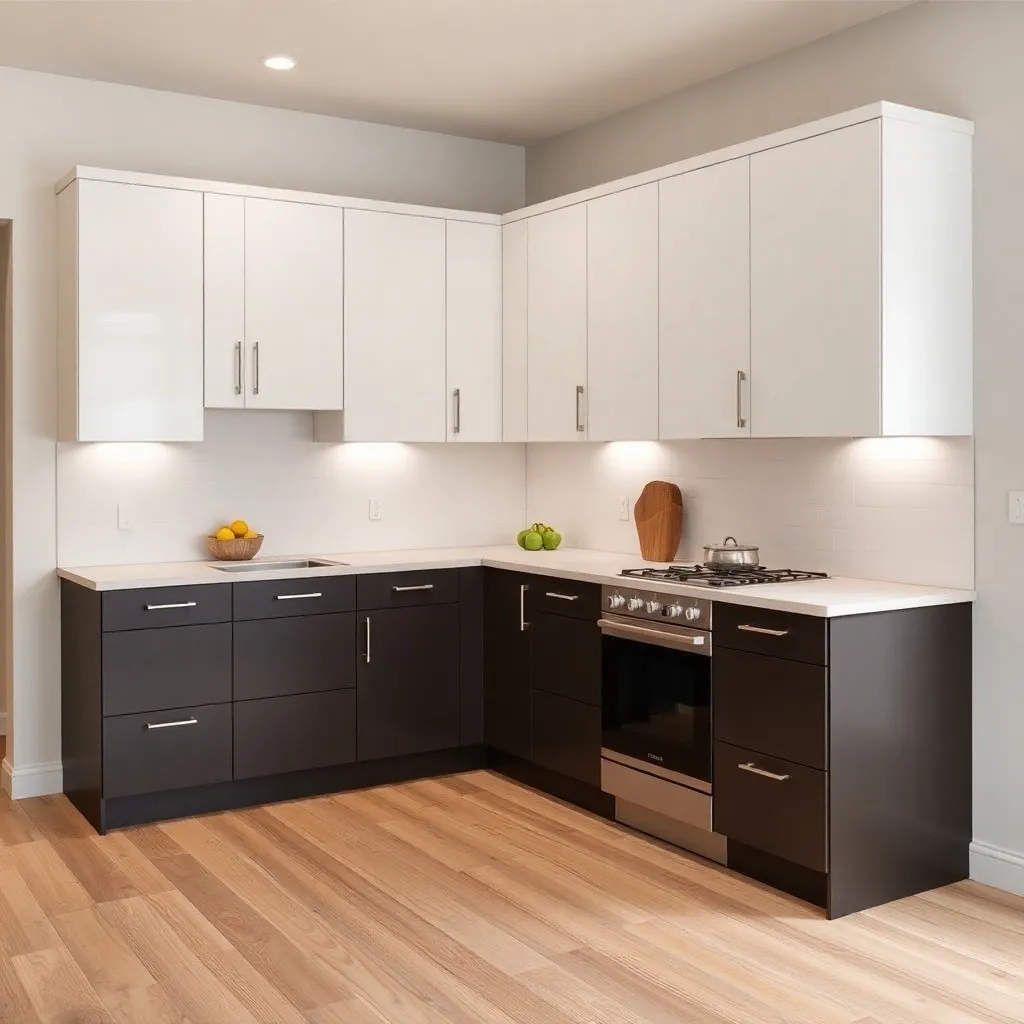
Signs It Might Be Time to Replace
- Peeling or chipping edges
- Swollen panels due to water damage
- Loose or sagging doors
- Outdated or faded finishes
Peeling or chipping edges
When the edges of your cabinet doors or drawers start to peel, chip, or crack, it’s usually a sign that the finish or laminate is wearing out. Not only does this look unsightly, but it can also expose the wood underneath to moisture and damage. Once this happens, repairs often become temporary fixes, and replacement might be the better long-term option.
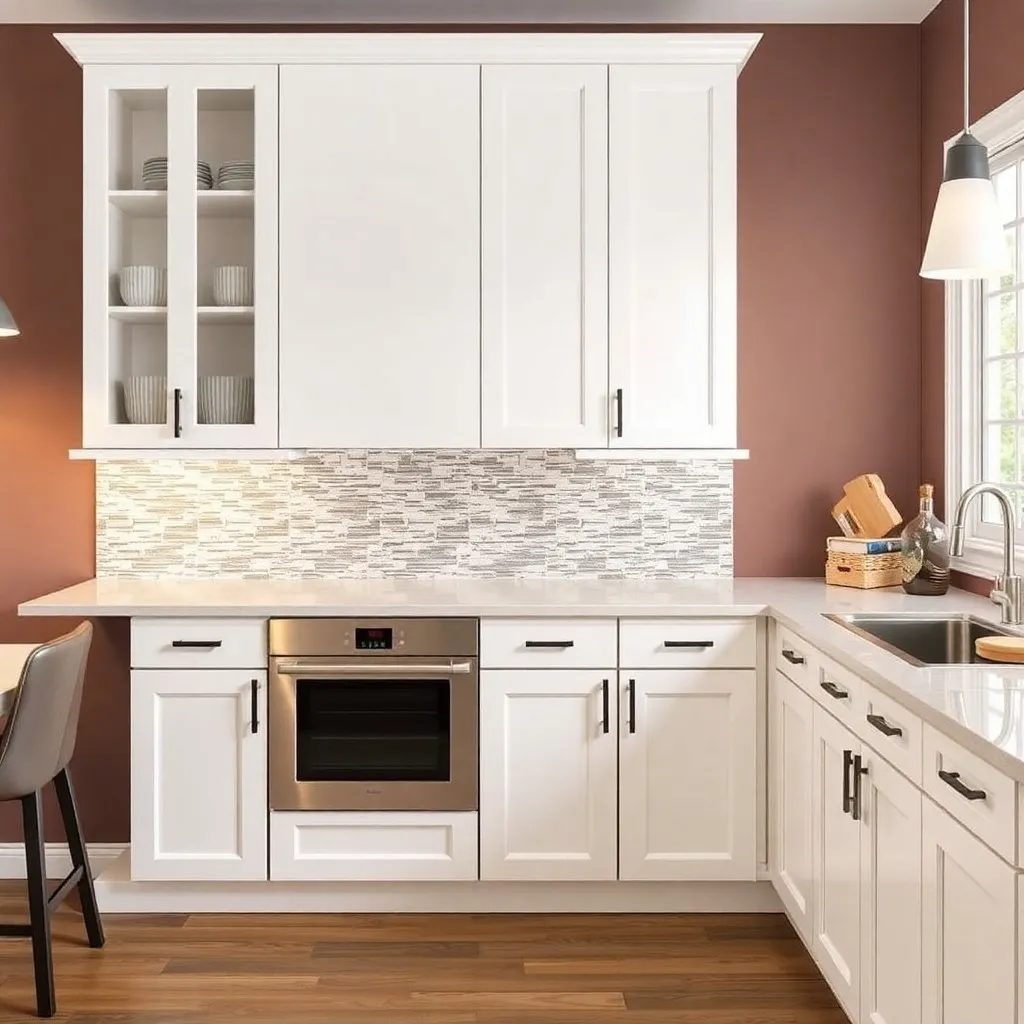
Swollen Panels from Water Damage
Cabinets, especially those near sinks or dishwashers, are prone to water exposure. If you notice that the wood looks warped, puffy, or uneven, this could mean water has seeped in and caused the material to swell. This kind of damage can weaken the structure of the cabinets and often can’t be fully reversed—especially if they’re made from particleboard or MDF.
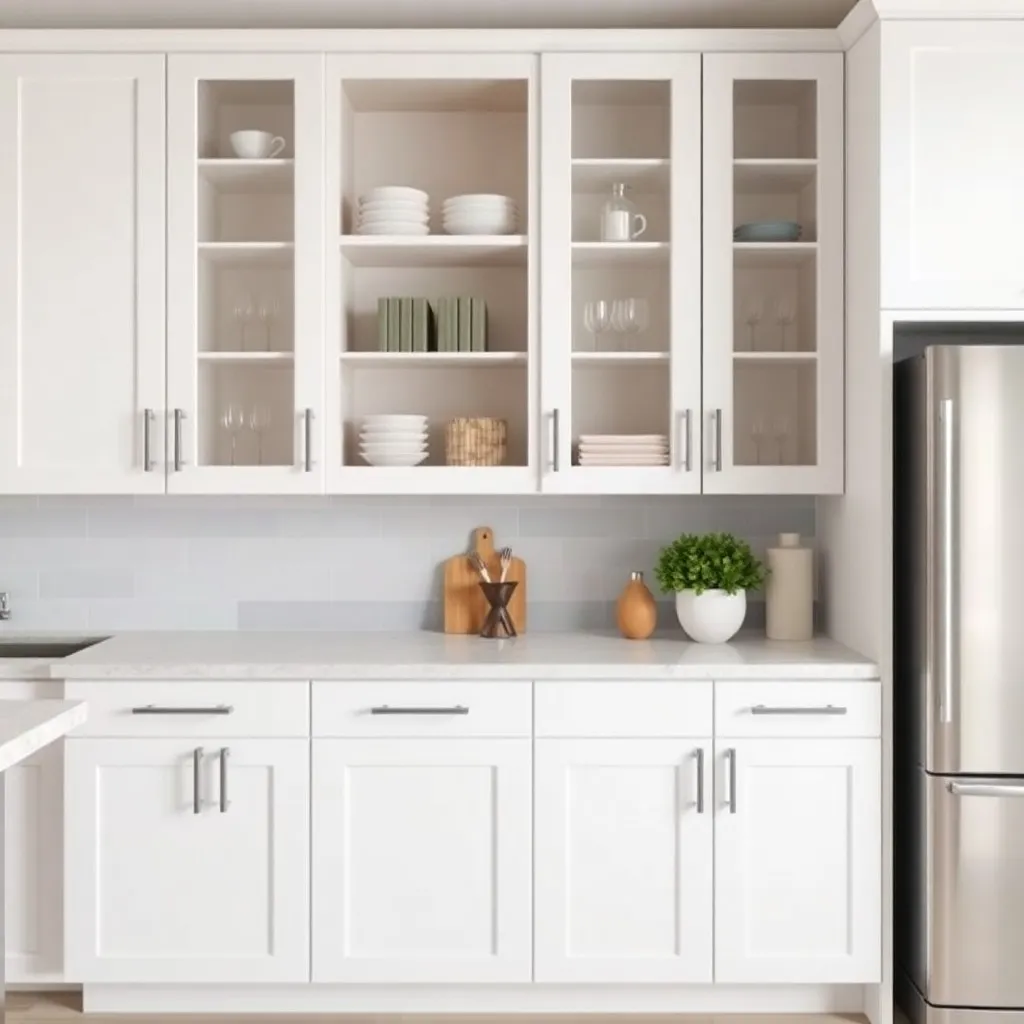
Loose or Sagging Doors
Cabinet doors that won’t stay closed, hang crooked, or feel wobbly can be more than just a nuisance. Over time, hinges and screws wear down or the wood they’re attached to becomes stripped or too soft to hold properly. If you’ve already tried tightening or replacing the hardware and it’s still happening, the cabinets themselves may be too worn to support a fix.
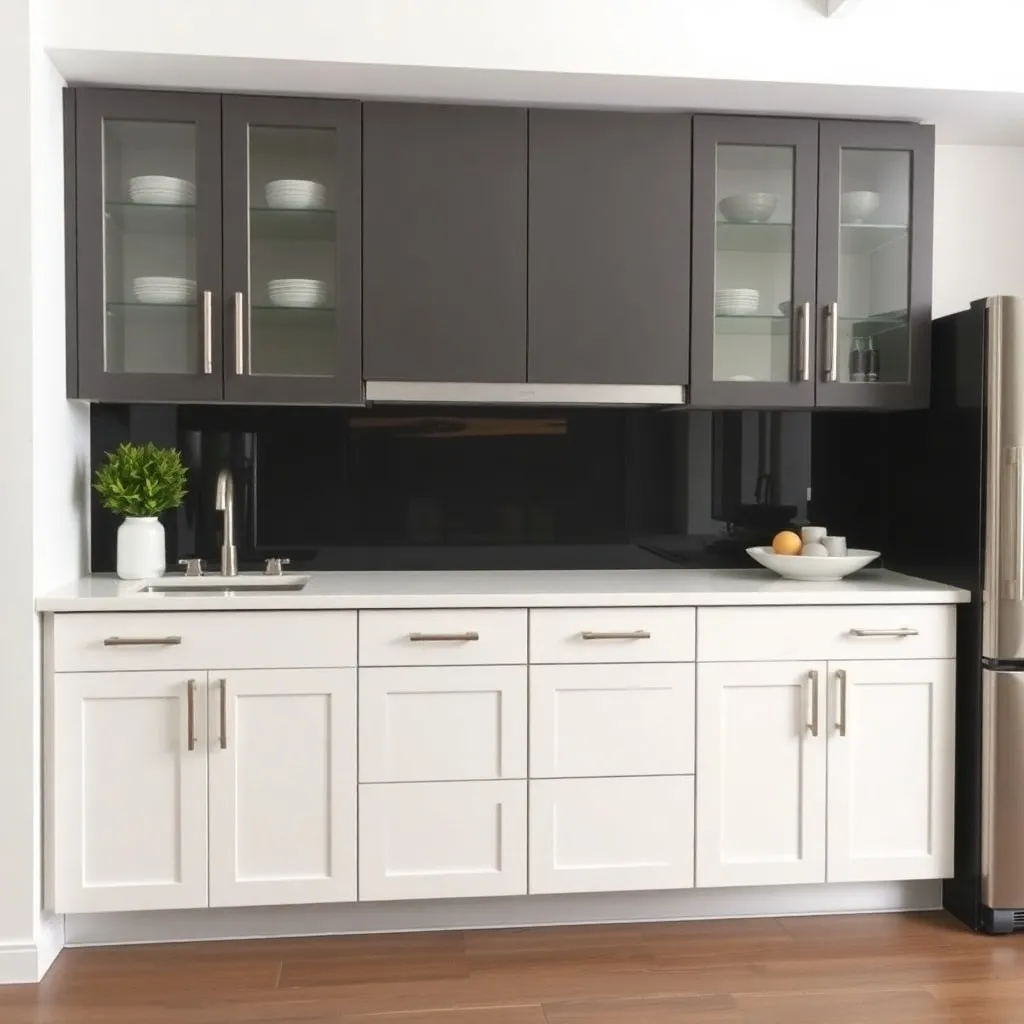
Outdated or Faded Finishes
If your cabinets look dull, discolored, or stuck in a design trend from decades ago, it might be time to refresh the entire look. Faded paint or finish isn’t just a style issue—it can also mean the protective layer has worn away, making the surface more vulnerable to stains, grease, and damage. If refinishing or painting won’t bring them back to life, replacing might be the smarter move.
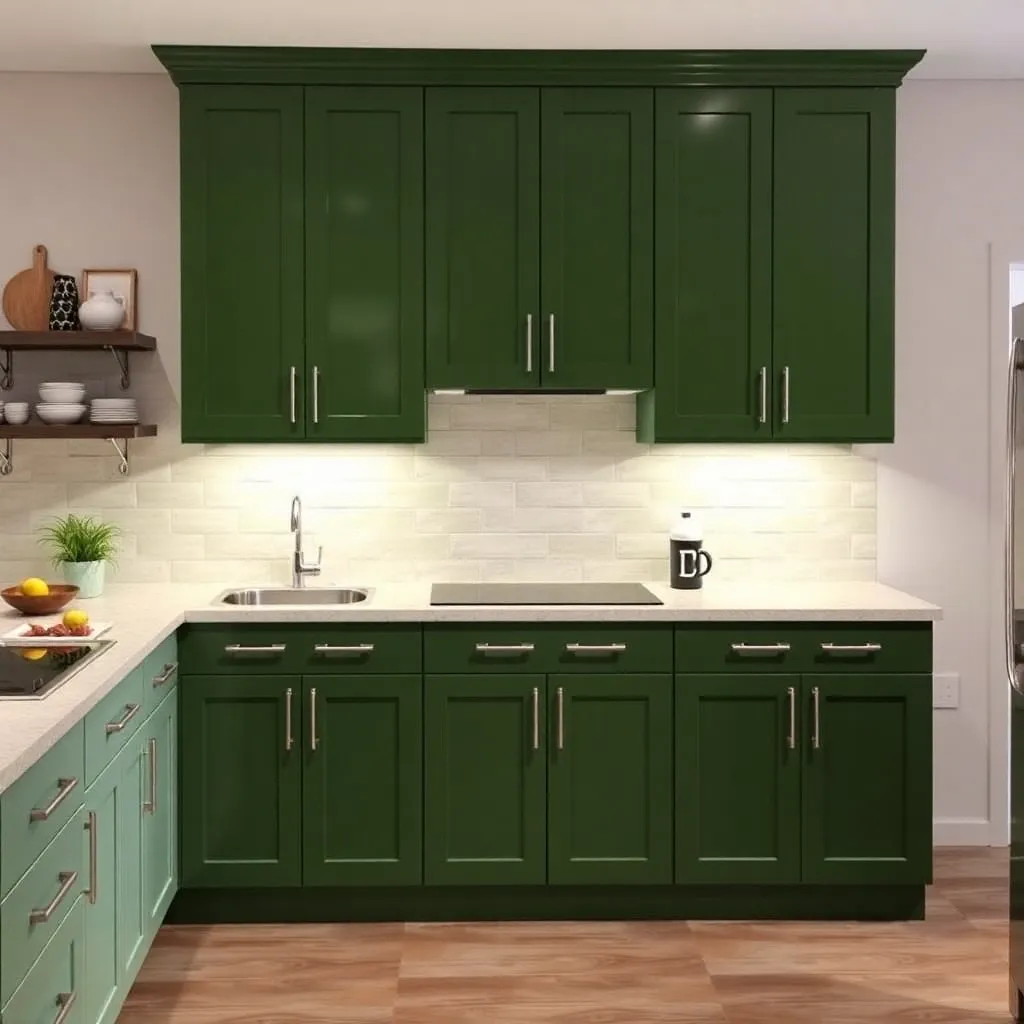
Tips to Maximize Lifespan
- Avoid slamming cabinet doors.
- Wipe up spills quickly to prevent moisture from penetrating.
- Use gentle cleaners to avoid scratching the surface.
- Install soft-close hardware to reduce stress on the doors and hinges.
Avoid Slamming Cabinet Doors
Constant slamming can loosen hinges, cause misalignment, and even lead to cracks or chips in the wood over time. Get in the habit of gently closing doors and drawers—it keeps everything tighter, quieter, and looking better longer.
Wipe Up Spills Quickly
Kitchens can get messy fast, but letting water or sauces sit on your cabinet surfaces can lead to staining, warping, or swelling—especially if your cabinets are made from materials like MDF or particleboard. A quick wipe with a dry or damp cloth can save you a lot of damage later on.
Use Gentle Cleaners
Harsh chemicals or abrasive scrubbers can strip away the finish, dull the surface, or leave behind scratches. Stick to mild dish soap and water or a cleaner specifically designed for wood or laminate cabinets. Always use a soft cloth or sponge.
Install Soft-Close Hardware
Soft-close hinges and drawer slides are a small upgrade that make a big difference. They prevent sudden slams, reduce wear on the hinges, and protect the cabinet frame. Plus, they just feel smoother and more high-end!
Comparison with Other Material
Comparison with Solid Wood
Understanding how melamine cabinets stack up against solid wood helps you make an informed decision for your space. While solid wood is renowned for its natural beauty and strength, melamine cabinets offer advantages in cost, maintenance, and resistance to common kitchen hazards like stains and heat.
| Melamine Cabinets | Solid Wood Cabinets |
|---|---|
| Water-resistant surface, but vulnerable core if moisture penetrates | Susceptible to warping and swelling from moisture exposure |
| More affordable with consistent colors and finishes | Higher cost with natural grain patterns and variations |
| Easy to clean and maintain without refinishing | Requires periodic refinishing and careful maintenance |
| Durable against stains, heat, and scratches | Can be scratched or dented but allows for sanding and repair |
| Environmentally friendly when using recycled fibers | Uses solid natural wood, sometimes with sustainability concerns |
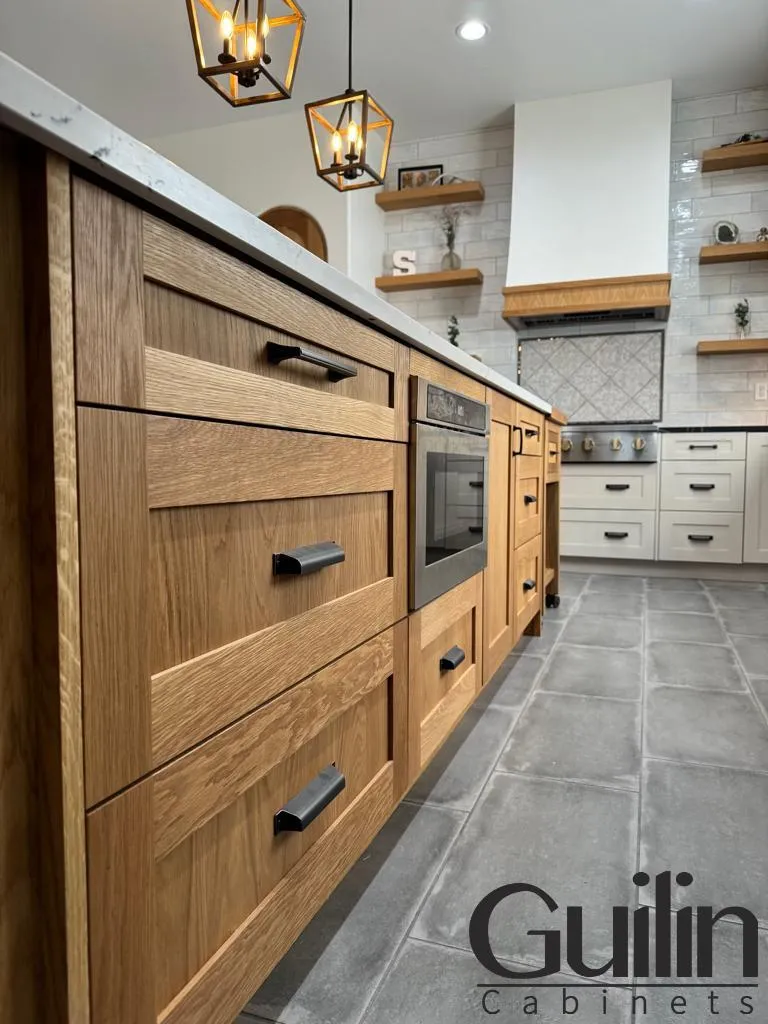
Cabinets constructed with melamine offer a practical alternative to solid wood by combining durability and style at a more accessible price point. You benefit from their resistance to many common forms of wear while still having options that complement various design preferences. However, protecting the edges and seams of melamine cabinets from moisture is necessary to maintain their longevity.
Comparison with Venner
The veneer option combines a thin layer of real wood applied over engineered wood cores, offering the look of solid wood with some cost savings. Melamine gives you an even more durable, low-maintenance surface, ideal when resistance to scratches and moisture is a priority. You’ll find veneer requires a bit more care to maintain its finish and can be less resistant to water damage than melamine.
| Melamine vs. Veneer | |
|---|---|
| Surface Durability | Melamine offers a tough, scratch-resistant finish; veneer is more delicate due to its wood layer. |
| Water Resistance | Melamine is water-resistant if sealed properly; veneer can suffer damage if exposed to moisture. |
| Appearance | Veneer shows authentic wood grain; melamine has uniform color and texture options. |
| Maintenance | Melamine requires less upkeep; veneer needs gentle cleaning to avoid damage. |
| Cost | Veneer typically costs more than melamine but less than solid wood. |
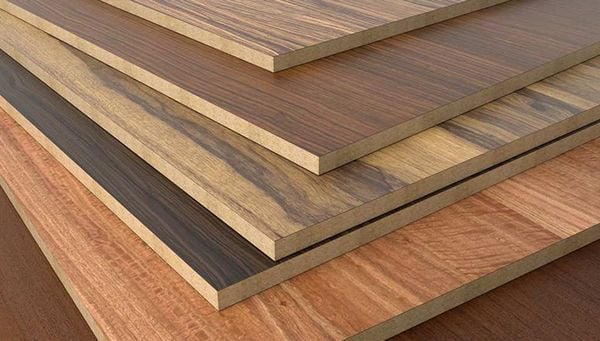
For instance, melamine’s engineered construction paired with its water-resistant melamine surface gives you a cabinet that stands up well against everyday kitchen hazards. While veneer enhances the warmth of your space with genuine wood grains, it demands more attention to prevent swelling or peeling.
Conclusion / Final Words
Melamine cabinets are a smart, stylish choice for many homes, offering a solid balance of cost and durability. With proper care and maintenance, you can expect them to hold up well for a decade or more—making them a worthwhile investment for budget-conscious renovations.
FAQs About How Long Do Melamine Cabinets Last
What are melamine cabinets made of?
Melamine cabinets consist of a core material—typically particleboard or medium-density fiberboard (MDF)—coated with a melamine resin layer. This resin forms a hard, durable surface that resists scratches and stains, making it a cost-effective alternative to solid wood.
How long do melamine cabinets last?
The lifespan of melamine cabinets varies based on quality and maintenance. High-quality, thermally fused melamine can last as long as high-pressure laminate surfaces. However, lower-quality melamine may not be as durable.
Are melamine cabinets less durable than solid wood?
While melamine cabinets are generally less expensive than solid wood, their durability can vary. High-quality melamine products are durable and aesthetically pleasing, but lower-end options may not hold up as well over time.
Do melamine cabinets require more maintenance than wood cabinets?
Melamine cabinets typically require less maintenance than solid wood cabinets. They don’t need regular sealing or refinishing. Routine cleaning with mild soap and water is usually sufficient to maintain their appearance.
Can melamine cabinets be customized like solid wood cabinets?
Yes, melamine cabinets offer a variety of colors, patterns, and finishes, allowing for some customization. However, they might be less flexible compared to solid wood, which can be stained or painted in any color after being crafted.
Is it possible to repair melamine cabinets if they get damaged?
Repairing melamine cabinets can be challenging. Minor scratches and chips can sometimes be concealed with color-matching markers or melamine repair kits. However, significant damage may require replacing the affected panels.
How do melamine cabinets compare to laminate cabinets?
Melamine refers to a type of resin coating, while laminate usually consists of a thicker layer of plastic bonded to a core material. Laminate may offer more design options and durability but can also be more expensive.


